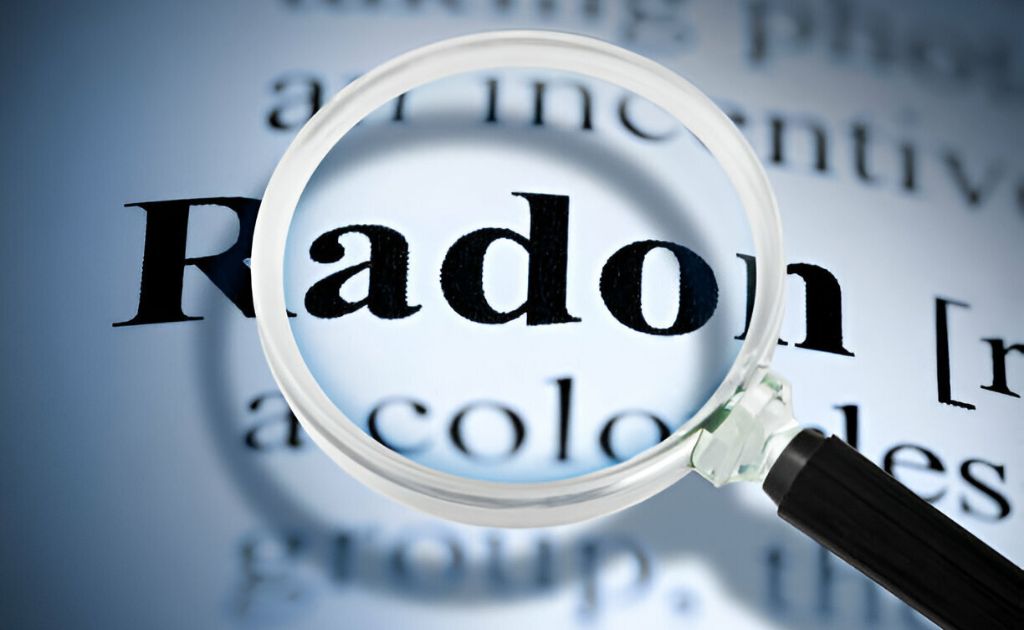When it comes to home safety, many homeowners overlook a critical invisible threat that could be lurking right beneath their feet. Radon testing in Stafford, VA, and across the United States has become increasingly important as awareness grows about this silent, potentially deadly gas. Unlike other home hazards that are immediately visible, radon is a radioactive gas that can seep into your home undetected, posing significant health risks to you and your family.
Understanding Radon: The Invisible Threat
What Exactly is Radon?
Radon is a naturally occurring radioactive gas that forms when uranium in soil, rock, and water breaks down. It is colorless, odorless, and tasteless, making it impossible to detect without specialized testing. This characteristic makes radon particularly insidious, as it can accumulate in homes without noticeable signs.
The Science Behind Radon Formation
- Formed through the natural decay of uranium in rocks and soil
- Can enter homes through cracks in foundations
- Typically more concentrated in lower levels of buildings
- Varies significantly by geographic location
Health Implications of Radon Exposure
The Direct Link to Lung Cancer
Radon is not just another environmental concern – it’s a proven carcinogen with serious health consequences. It’s the second leading cause of lung cancer after smoking, responsible for approximately 21,000 lung cancer deaths annually in the United States.
Shocking Statistics
- Radon causes more lung cancer deaths than secondhand smoke
- Non-smokers are particularly vulnerable to radon-induced lung cancer
- Children can be more susceptible due to their developing lung tissues
- No level of radon exposure is considered completely safe
How Radon Damages Lung Tissue
When radon breaks down, it produces radioactive particles that can be inhaled. These particles become trapped in the lungs and decay, releasing small bursts of energy. This process damages lung cell DNA, potentially leading to mutations that can develop into cancerous growths.
Radon Testing: What Homeowners Need to Know
Types of Radon Testing
Short-Term Testing
- Typically conducted over 2-7 days
- Provides a quick snapshot of radon levels
- Useful for initial screening
- Less expensive option
Long-Term Testing
- Measures radon levels over 3-12 months
- Offers a more accurate representation of annual exposure
- Accounts for seasonal variations
- Recommended for comprehensive assessment
Understanding Radon Measurement
Radon levels are measured in picocuries per liter (pCi/L). The Environmental Protection Agency (EPA) has established clear guidelines:
- Less than 2 pCi/L: Considered acceptable
- 2-4 pCi/L: Potential risk zone, mitigation recommended
- Above 4 pCi/L: Immediate action required
Factors Influencing Radon Levels
Geological Considerations
Different regions have varying geological compositions that impact radon production and accumulation:
Soil Composition
- Granite and shale areas tend to have higher uranium concentrations
- Sandy or porous soils allow easier gas transmission
- Rock formations can significantly influence radon generation
Regional Variations
- Some states and counties have naturally higher background radiation
- Local geological surveys can provide region-specific insights
- Topographical features play a crucial role in radon potential
Home Construction Characteristics
The design and construction of a home dramatically influence radon entry and accumulation:
Potential Entry Points
- Foundation cracks
- Sump pump areas
- Gaps around pipes
- Basement floor drains
- Crawl spaces
Construction Materials
- Concrete blocks can be more porous
- Older homes might have more potential entry points
- Basement and ground-level constructions are the most vulnerable
Mitigation Strategies
Reducing Radon Risks
Professional Mitigation Techniques
- Sub-slab depressurization
- Improved ventilation systems
- Sealing foundation cracks
- Installing radon-resistant building techniques
DIY Prevention Methods
- Ensure proper home ventilation
- Seal foundation cracks
- Use specialized radon-blocking sealants
- Maintain consistent indoor air circulation
Who Should Be Most Concerned?
High-Risk Groups
Specific Populations at Greater Risk
- Residents in geological areas with high uranium deposits
- Individuals with extended indoor exposure
- People with pre-existing respiratory conditions
- Smokers or former smokers
- Families with a genetic predisposition to lung issues
Radon Testing Frequency Recommendations
How Often Should You Test?
- Initial comprehensive testing upon moving into a new home
- Retest every two years
- Test after any significant home renovations
- Annual testing in high-risk areas
Cost Considerations
Investment in Health
While professional radon testing and mitigation might seem expensive, they are minimal compared to potential long-term health costs:
- Basic testing kits: $10-$50
- Professional short-term testing: $100-$300
- Mitigation system installation: $800-$2,500
- Potential lifetime health savings: Immeasurable
Conclusion: A Call to Action
Radon testing does not create fear but empowers homeowners to protect their health. By understanding the risks, conducting regular tests, and taking appropriate mitigation steps, homeowners can significantly reduce their exposure to this hidden danger.
Knowledge is your best defense. Stay informed and proactive, and prioritize your health and loved ones.
